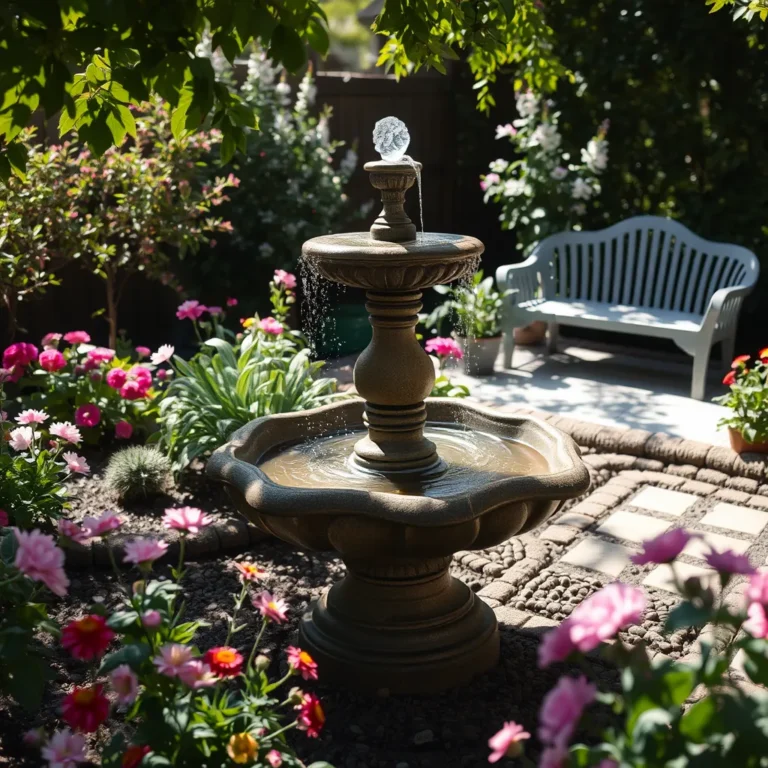9 Innovative Irrigation Solutions for Thriving Gardens

Are you tired of struggling to keep your garden thriving? Discover nine innovative irrigation solutions that can transform your watering routine. From cutting-edge smart systems to eco-friendly rainwater harvesting, each method helps your plants flourish while saving water. I’ll guide you through the best techniques, so you can garden with ease and efficiency. Get ready to revitalize your garden and join the green revolution!
Smart Irrigation Systems: How Technology is Revolutionizing Watering Practices
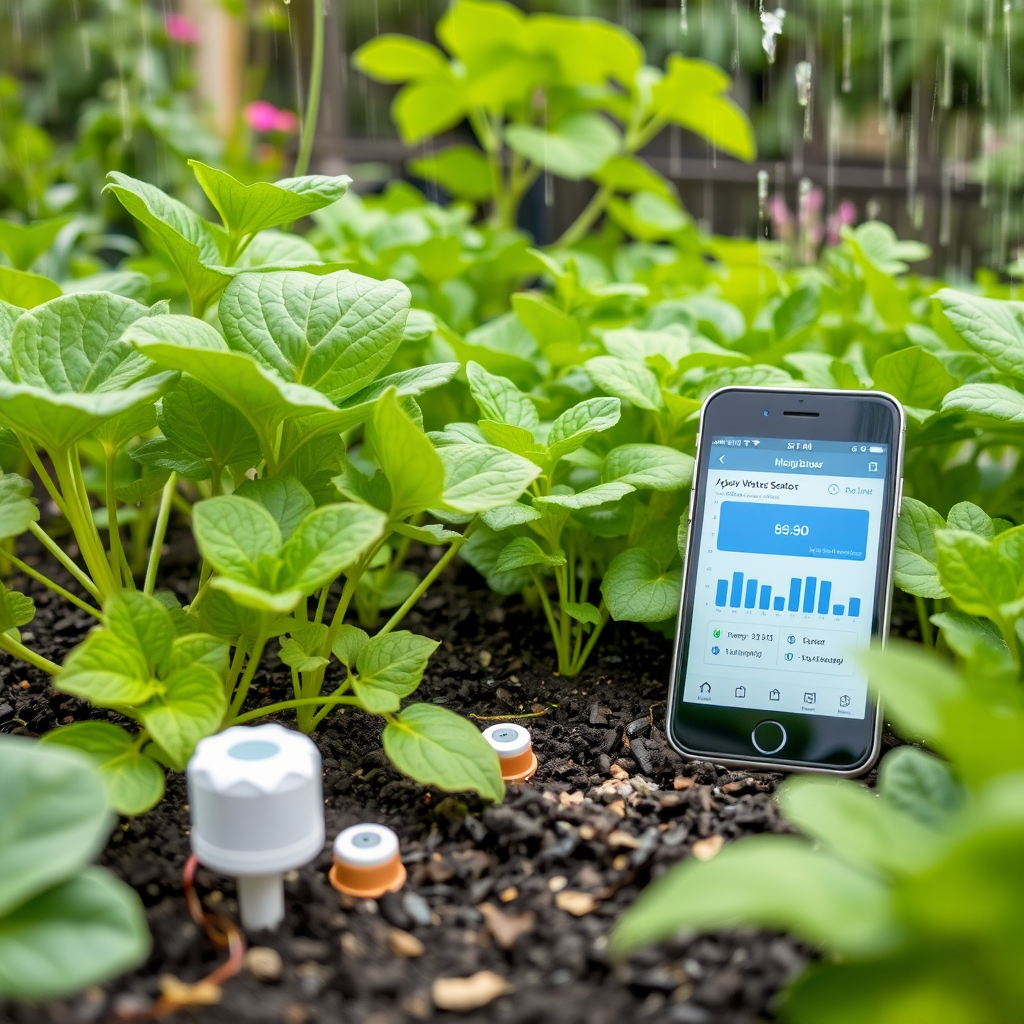
Smart irrigation systems use sensors and weather data to water your garden. They adjust the amount of water based on the needs of your plants. This way, you save water and keep plants healthy. You can control these systems from your smartphone or computer. This means you can check your garden from anywhere!
These systems often include timers, moisture sensors, and rain detectors. The sensors check the soil’s moisture and only water when needed. This keeps plants from getting too much or too little water.
Using smart systems can lower your water bill too. They help you use just the right amount of water. This means you can enjoy a lush garden without wasting resources. You might even find that your plants grow better with this smart care.
Drip Irrigation: Efficient Water Delivery for Optimal Plant Health

Drip irrigation delivers water right to the roots of your plants. It uses a network of tubes and emitters. This method is very efficient and reduces water waste. You can set it up to water slowly over time.
With drip irrigation, your plants get a steady supply of water. This helps them grow strong and healthy. The system also reduces weeds, as only the plants get water. This saves you time and effort in the garden.
You can use drip systems for all types of plants. They work great for vegetables, flowers, and shrubs. If you want a thriving garden, consider adding this method.
Rainwater Harvesting: Eco-Friendly Techniques for Sustainable Gardening
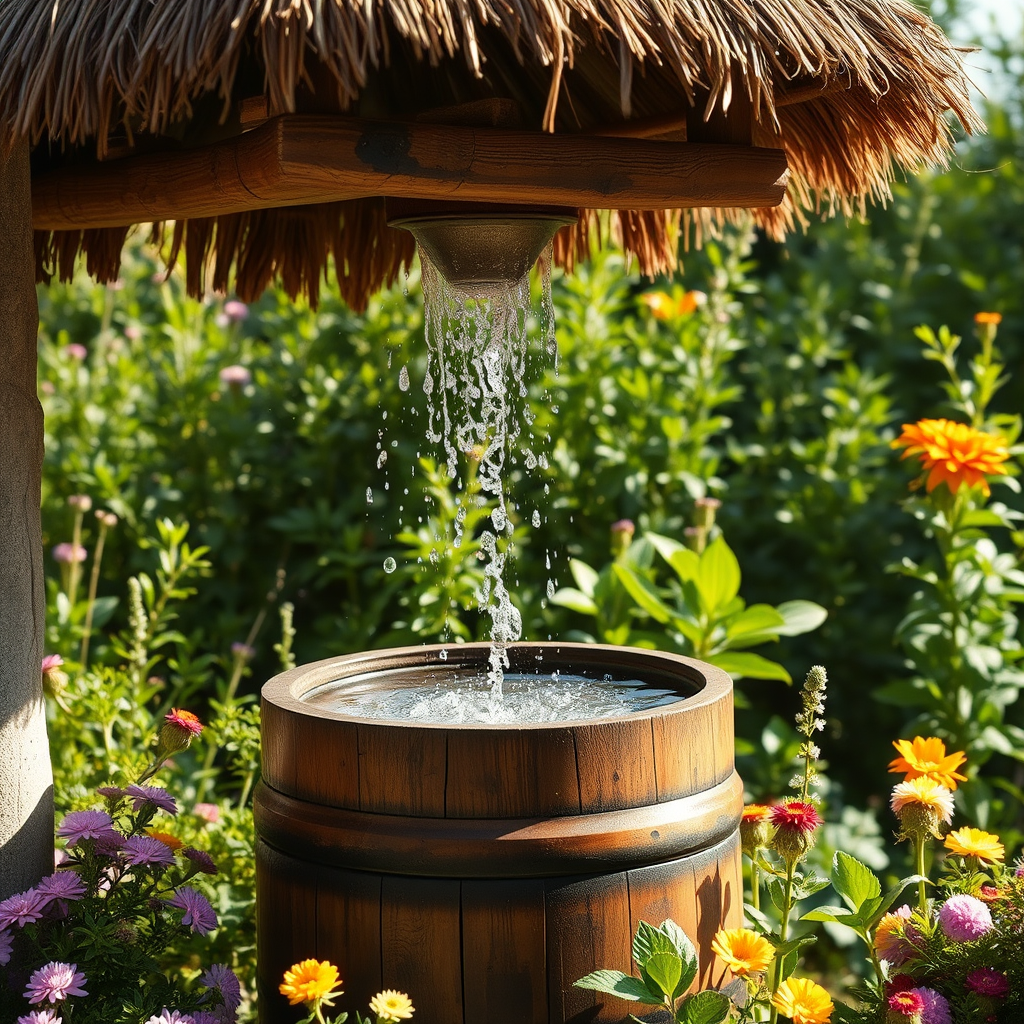
Rainwater harvesting collects rainwater for your garden use. You can set up barrels or tanks to catch water from your roof. This water is free and great for your plants.
Using rainwater is good for the environment. It helps reduce stormwater runoff and saves drinking water. You can use this water for watering your garden, washing your car, or even filling a pond.
To start, place a barrel under a downspout. Make sure to cover the top to keep out debris. Then, connect a hose to water your plants. This simple setup can make a big difference in your gardening efforts. Plus, it feels great to use nature’s water source!
Soaker Hoses: The Benefits of Slow and Steady Watering

Soaker hoses give plants a slow drink. They let water seep out along the entire length. This method keeps soil moist and roots happy. You don’t waste water, either.
You can place soaker hoses right on the soil. They work well for rows of plants or garden beds. Just connect them to your faucet and turn on the water. It’s easy!
I like to use soaker hoses in my garden. They save time, and I can relax. Plus, the gentle watering helps prevent weeds. When the soil stays moist, plants grow strong.
Sprinkler Systems with Smart Controllers: Maximizing Coverage with Minimal Waste
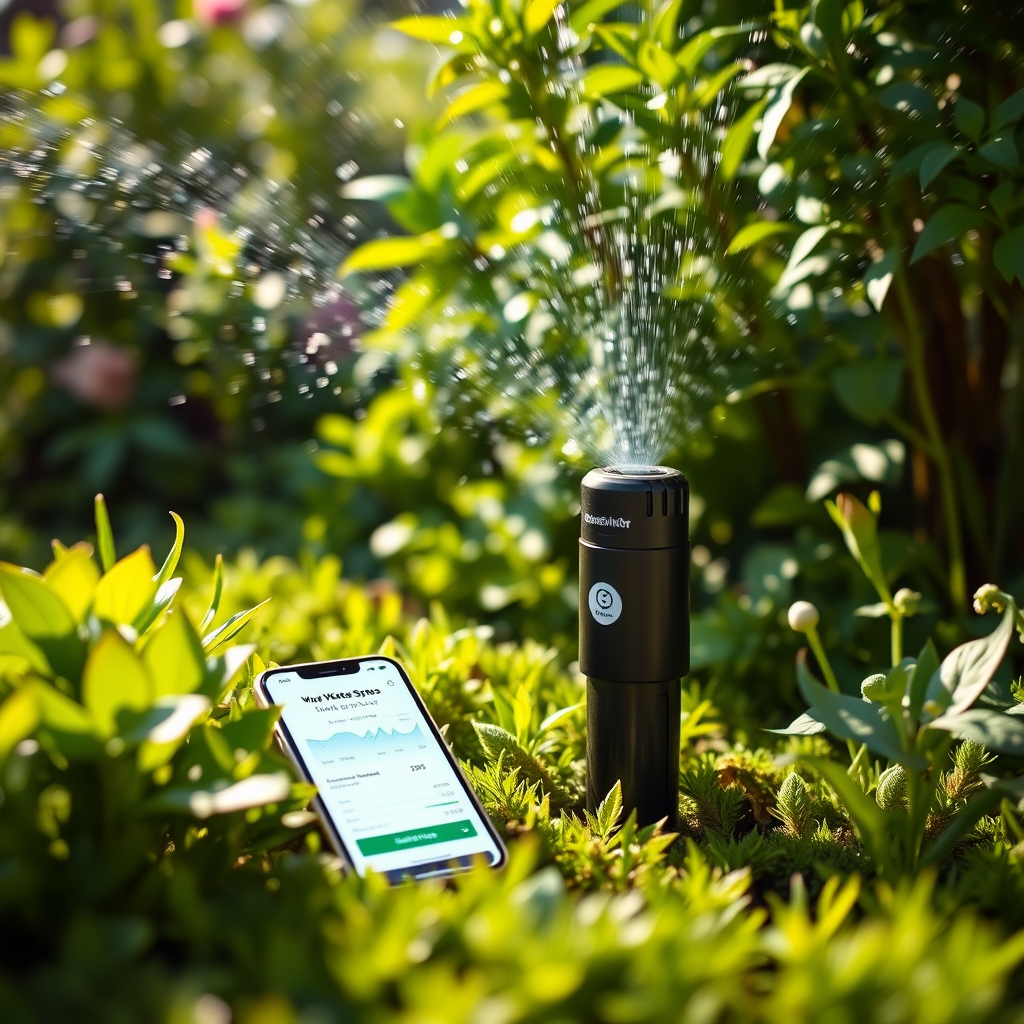
Smart sprinkler systems change how we water gardens. They use sensors to check soil moisture. If it’s wet, they skip watering. If it’s dry, they turn on.
These systems can connect to your phone. You can set schedules or check water use. This makes it simple to manage your garden.
I love these systems for their ease. I can control my garden from anywhere. Plus, they help save water and money. It feels good to be smart about watering!
Subsurface Irrigation: Discreet Solutions for Consistent Moisture
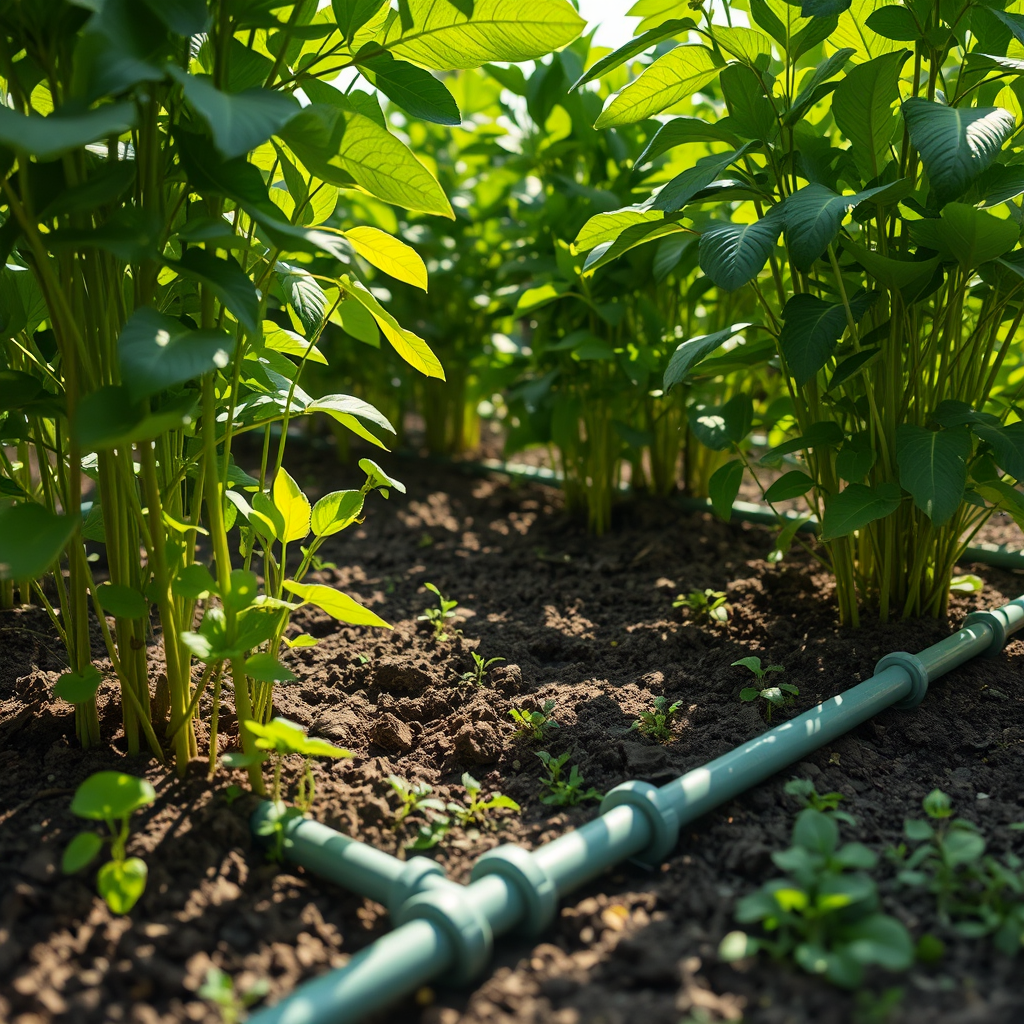
Subsurface irrigation hides water lines below the soil. This method delivers water right to plant roots. It keeps the surface dry, which reduces weeds.
Installing this system can take some work. You’ll need to dig trenches for the pipes. But once it’s set, it runs smoothly.
I find subsurface irrigation great for larger gardens. It uses less water and keeps plants healthy. Plus, you won’t see any hoses or pipes above ground. It’s a clean look!
Greywater Recycling: Turning Household Wastewater into a Garden Resource

Greywater recycling uses water from sinks, showers, and washing machines. This water is not safe for drinking, but it can nourish your plants. By collecting this water, you reduce waste and save money on your water bill.
To set up a greywater system, first check local rules. Some places have strict laws about greywater use. Next, you can use a diverter to send water to your garden. Make sure to filter the water to remove bits of soap and dirt.
Plants love this water! They absorb nutrients from it. You can use greywater for most plants, but avoid using it on edible crops if your soap has chemicals.
Automated Timers: Ensuring Consistent Watering Schedules with Minimal Effort
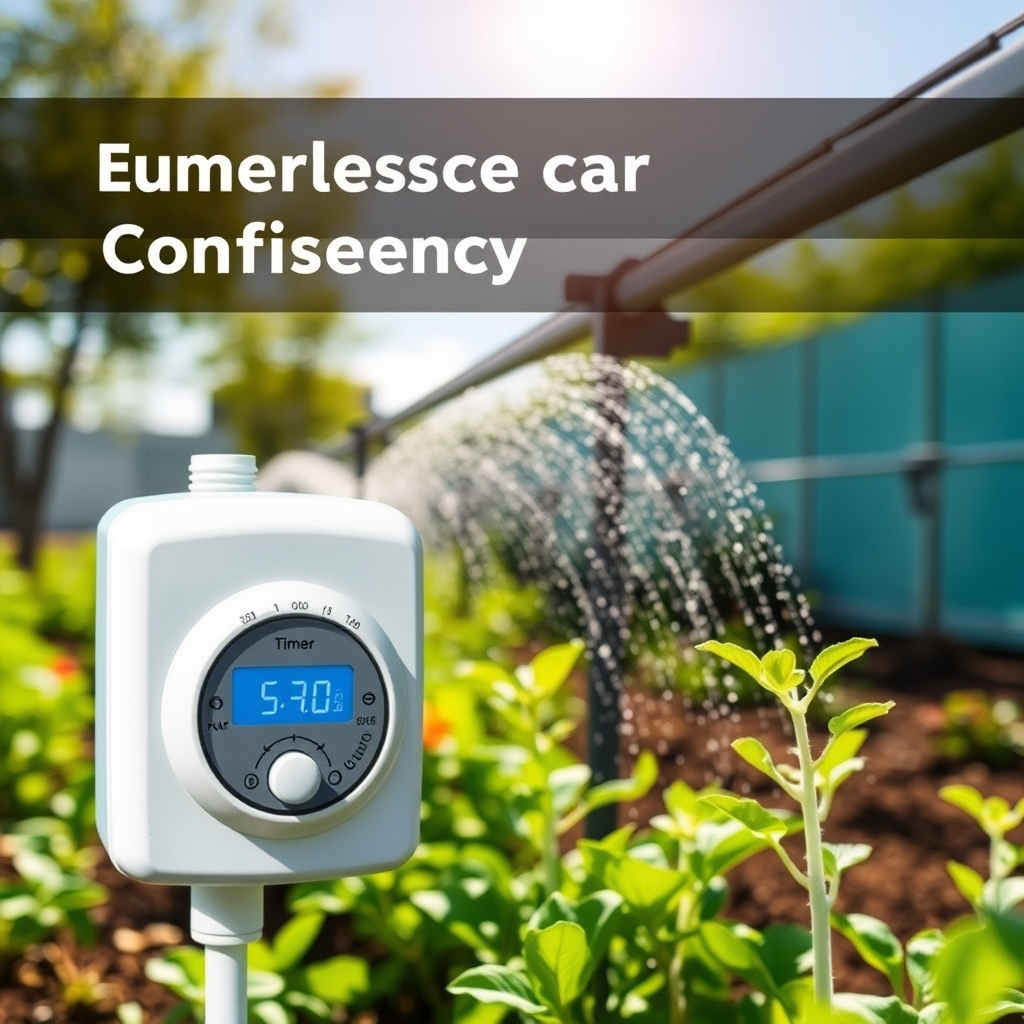
Automated timers make watering easy. You set a schedule, and the system does the rest. This means your plants get water even when you’re busy.
Most timers are easy to install. You connect them to your hose or irrigation system. Then, you choose how long and how often to water. Some timers even let you adjust the schedule based on the weather.
With automated timers, your garden stays healthy. You prevent overwatering or underwatering. Plus, you save time and effort.
Hydroponic Systems: Soil-Free Gardening for Space-Efficient Plant Growth

Hydroponic systems grow plants without soil. Instead, they use nutrient-rich water. This method works well in small spaces or indoors. You can grow herbs, veggies, or even flowers with hydroponics.
There are many types of hydroponic systems, like deep water culture and nutrient film technique. Each has its own setup. Most systems need a water pump, a reservoir, and grow trays.
Hydroponics uses less water than soil gardening. Plants grow faster because they get nutrients directly. It is a fun way to garden and can be great for kids.
Additional Resources: Links to Videos, Guides, and Community Forums for Further Learning
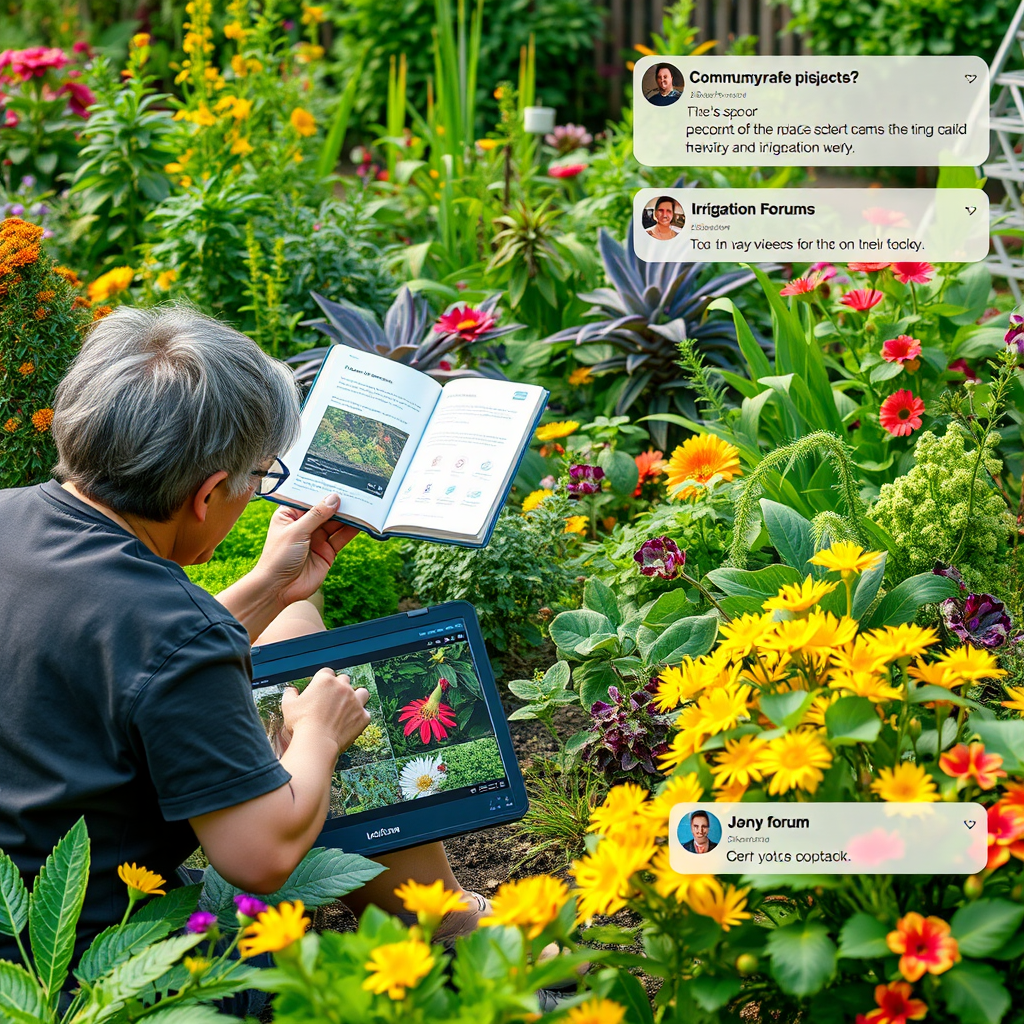
Learning about irrigation can be fun and rewarding. I found some great resources that help you dive deeper into these topics. Here are some of my favorites:
– YouTube Videos: Search for “irrigation techniques” for visual guides. Watch step-by-step demos that show how to set up systems like drip irrigation or rainwater harvesting.
– Gardening Blogs: Many blogs offer tips and tricks. Websites like Gardeners.com and The Spruce have articles that explain methods clearly. They also include personal stories from other gardeners.
– Online Courses: Platforms like Udemy or Coursera have courses on irrigation. You can learn at your own pace and get expert advice.
– Community Forums: Join forums like Reddit’s r/gardening. You can ask questions and share your own tips. Engaging with other gardeners builds a support network.
– Local Workshops: Check with local gardening clubs or centers. They often hold workshops on irrigation methods. This hands-on learning is invaluable.
– Books: Look for books on sustainable gardening. Titles like “The Vegetable Gardener’s Bible” cover irrigation in detail. You can learn from experienced authors.
These resources will help you grow your knowledge and improve your garden. Dive in and explore!
Conclusion
Smart irrigation systems change how we water our plants. We explored drip irrigation, rainwater harvesting, and soaker hoses. Each method helps use water wisely and keeps plants healthy. Sprinkler systems with smart controls maximize water use. Subsurface irrigation offers a neat way to keep soil moist. Greywater recycling shows we can reuse water at home. Automated timers simplify our watering routines. Hydroponic systems provide a new way to grow plants. Embracing these methods helps us save water and grow better gardens. Let’s work together for a greener future.
